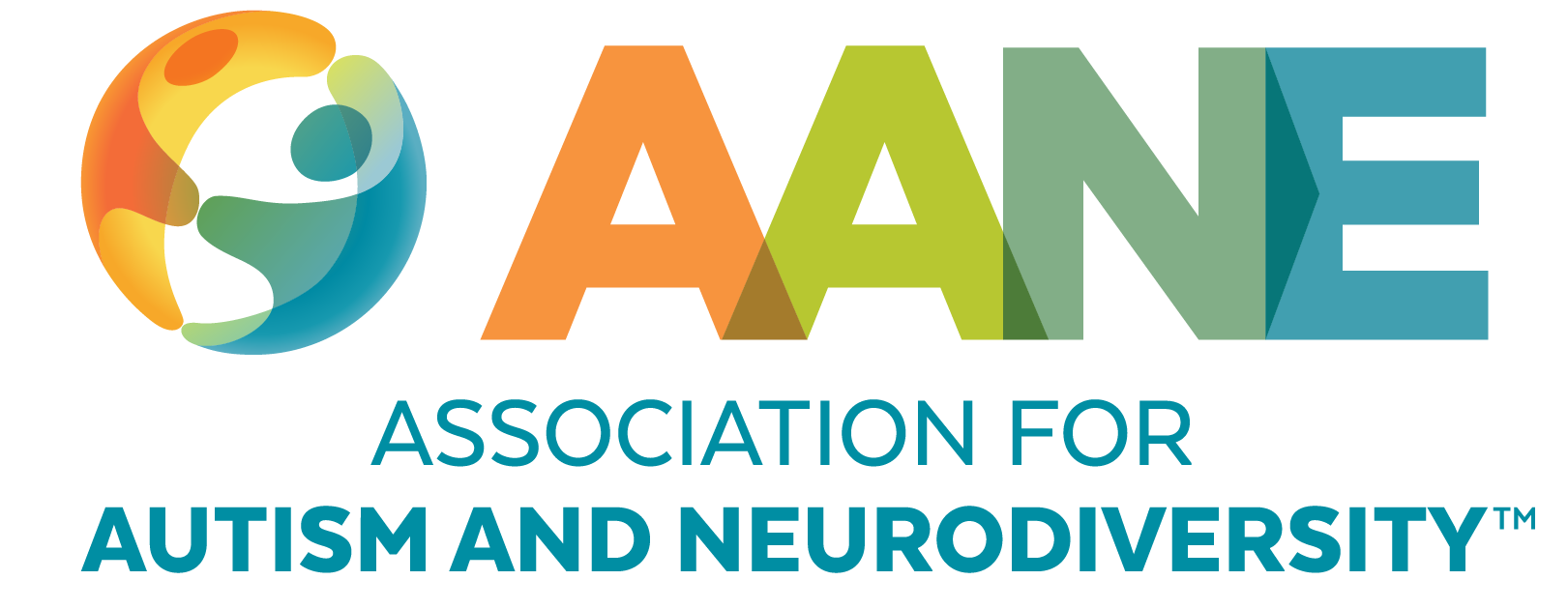
Expressing One’s Identity: A Family’s Journey

When Peter’s* Autistic daughter was 19 and first explained to her parents that she was a transgender woman, it came as a surprise to the family. Prior to this, they hadn’t realized this was something their quiet, academically minded teen had been thinking about for quite some time. “There was no, at least to us, outward indication that she was she. She went to an all boys high school – which we didn’t appreciate the impact that was having on her,” Peter recalled. “But [there was] no indication to us of her being trans.”
However, in that first conversation, they took great care in making sure they understood her. “I wanted to make sure I was getting it right,” Peter said. “We hugged her and said we loved her and we’re here for her and whatever she needs. She’d been on a journey for a while, but our journey as a family started just trying to understand what she wanted, what she needed, and where she needed help.”
They felt fortunate to receive support and acceptance from their wider family and community. They also had many resources available to them, which they know isn’t the case for everyone. “We feel very lucky to have insurance coverage for gender-affirming care and live in a region in the country that is more supportive of people for who they are. And not to say that she won’t face these challenges. As we think about her life and where she works and lives, that’s something we worry about.”
Gender Affirming Care
Together they built a team of multiple doctors to support her – primary care physician, therapist, specialists and surgeons.. “Some of the care was around making sure her gender expression aligned with her gender identity. And that included physically doing the things that she could do to help her body match up,” Peter explained. “It’s been interesting working with the medical professionals at our local hospital. They are great. They recognize who she is. They recognize why she’s looking for what she’s looking for. They’re able to provide suggestions and options. They were able to work with her to identify a plan that made sense medically and a plan that made sense for her. There was time for her and us to process.”
The plan they developed included multiple surgical procedures. As with all operations, the care team explained the procedures in detail including the typical risks involved. Peter experienced the apprehension any parent would feel at the idea of their child undergoing anesthesia and surgery. But Peter explained how his anxiety eased considerably with his daughter’s steadfast conviction in the decisions she was making. “She’s courageous and strong and very clear minded about who she is.” Peter said. “One thing that gave me great confidence that this was the right thing to do [was] having these conversations with surgeons [where] they would lay it all out. [My daughter] was unwavering in terms of her confidence that this is the right thing. That gave us confidence as parents that this is the right thing. It’s clear that this is important to her. It’s clear that she knows this is going to be helpful. And we continue to see the proof of her happiness.”
The first surgery was delayed for multiple months due to logistical issues at the hospital. It was hugely disappointing for the family, and especially frustrating for Peter’s daughter, but the new procedure date finally arrived, and the first surgery was completed successfully. The effect of expressing her gender identity and receiving gender affirming care on his daughter is obvious to Peter. “Joy. That’s the word that comes to mind. Just joyful about who she is and the fact that she’s showing up physically in the world in a way that aligns with how she sees herself.”
Advice to Others
When thinking about what he would tell other parents on a similar journey with their children, Peter doesn’t hesitate. “Listen. Listen to your children,” he said. “They know who they are. This is so fundamental to their existence. It’s maybe hard for a cisgender person to fully understand, but turn it back on yourself. How do you know you’re, you? It’s the same thing. It’s more unique, but it’s no less true. So just listen and support. The love you feel, the concern you might feel is an expression of your love, but try to find the positive, the empathetic, the caring part of love as opposed to the anxiety and fear part of love.”
He also adds that finding the right resources to help is key. “Whether it’s therapists or physicians or surgeons, these people are out there. These people exist and they want help and they want to support,” said Peter. “For me, an organization like AANE or other organizations just have networks and understand how to help people find the support they need. It’s essential so that people don’t feel like they’re on their own, especially if they live somewhere where care and support are just less available.”
*Father’s name has been changed to protect privacy.
Stay Current
Lorem ipsum dolor sit amet, consectetur adipiscing elit, sed do eiusmod tempor incididunt ut labore.




